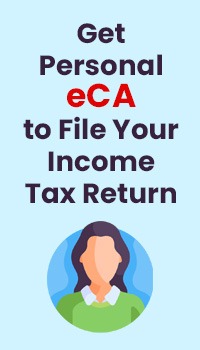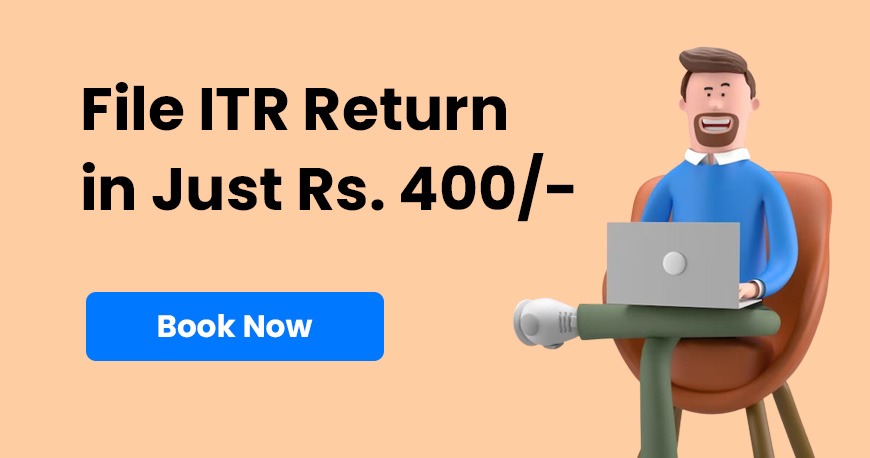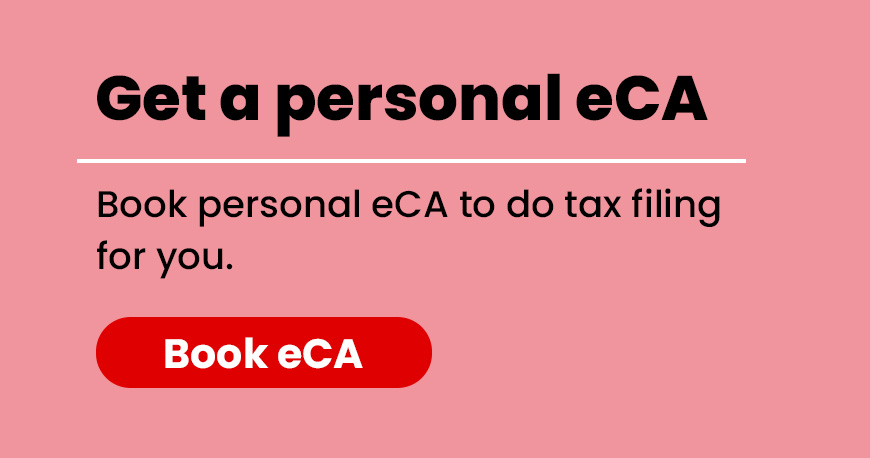Changing Between New Tax Regime to Old Tax Regime While Filing Your Tax Returns?
As per the CBDT and tax experts, this process is significant because the Finance Act of 2023 has established the new tax regime as the default option. Nonetheless, individuals can switch between the old and new tax regimes each year.
Changing Between New Tax Regime to Old Tax Regime While Filing Your Tax Returns?
Yes. Employed individuals have the flexibility to change their tax regime when filing their Income Tax Return (ITR). However, they must inform their employers about their chosen tax regime for the fiscal year 2023-24. This step is crucial as it ensures that the employer deducts the appropriate TDS from the salary according to the selected tax regime.
As per the CBDT and tax experts, this process is significant because the Finance Act of 2023 has established the new tax regime as the default option. Nonetheless, individuals can switch between the old and new tax regimes each year.
It's worth noting that individuals with business or professional income who previously opted out of the new tax regime under section 115BAC can only rejoin this new regime once, according to Dr. Suresh Surana, Founder of RSM India.
Note: After choosing any of the tax regimes between old and new, you can not opt for the change in tax regimes.
It is very essential to highlight that while salaried individuals have the flexibility to switch between the old and new tax regimes each year, they must communicate their chosen tax regimes to their employers at the start of the financial year.
Failure to do so will result in a TDS deduction under section 192 of the Income Tax Act, following the default tax regime, which is the new tax regime under section 115BAC of the Income Tax Act. However, the final decision on the tax regime can be made while submitting the tax return under section 139(1) of the Income Tax Act.
However, before selecting a tax regime, taxpayers should look at some factors such as tax rates, tax deductions, surcharge rates, and rebates available under section 87A.
Tax Rates Under Both The Regimes
Indian income tax puts the applicable tax on the individual based on the tax slab systems. Tax slabs include different tax rates for different ranges of income and these rates keep increasing depending on the income of the taxpayers. Below are the applicable tax rates given under both tax regimes.
New Tax Regime 2023-24
|
Income |
Tax Rates |
|
Up to 3 lakhs |
NIL |
|
Rs. 3 lakhs to Rs. 6 lakhs |
5% |
|
Rs. 6 lakhs to Rs. 9 lakhs |
10% |
|
Rs. 9 lakhs to Rs. 12 lakhs |
15% |
|
Rs. 12 lakhs to Rs. 15 lakhs |
20% |
|
Above Rs. 15 lakhs |
30% |
Old Tax Regime
|
Income |
Tax Rates |
|
Up to 2.5 lakhs |
NIL |
|
Rs. 2.5 lakh to Rs. 5 lakhs |
5% (Rebate u/s 87A is available) |
|
Rs. 5 lakhs to Rs. 7.5 lakh |
20% |
|
Rs. 7.5 lakhs to Rs. 10 lakhs |
20% |
|
Rs. 10 lakhs to Rs. 12.5 lakhs |
20% |
|
Rs. 12.5 lakhs to Rs. 15 lakhs |
30% |
|
Above Rs. 15 lakhs |
30% |
Selection The Right Tax Regime
The taxpayers may go with the new tax regime or the old tax regime based on their income sources and conditions. It is feasible to switch between these two tax regimes on a yearly basis or only once. But majorly this depends on the source of the income of the taxpayers during the specific year.
-
If the Income Source Is Business/Profession
Those individuals and HUF (Hindu Undivided Family) who have an income from business or profession, can avail of the new tax rates once for the financial year and the same tax rates will be applied to the subsequent year. However, the rules & the regulations let such taxpayers switch back to the old tax regime. Taxpayers can exercise the option to switch back only once in their life until their income from business or profession comes to an end.
-
If Income Source Is Not Business/Profession
In case the individuals or HUFs ( Hindu undivided family) do not have any income from business/profession, have a switch-back option on a yearly basis. For salaried individuals, the employer is required to withhold tax before paying the salary to the employee.
On the other hand, salaried individuals (employees) need to inform employers about their preferred tax rates. An employee (salaried individual) has the option to exercise any one regime between the new and old regime at the start of the financial year and the same must be informed to the employer.
Which Tax Regime is Better?
Under the updated tax regime, someone earning Rs. 9 lakhs annually would owe Rs. 45,000 in taxes, which is 5% of their income. This is a reduction of Rs. 15,000 compared to the current Rs. 60,000 under the new tax regime.
Similarly, an individual with a yearly income of Rs. 15 lakhs would pay Rs. 1.5 lakhs in taxes, down from Rs. 1.87 lakhs. However, it might be more advantageous for individuals eligible for deductions or exemptions like HRA, LTA, PPF, or other allowances in the old tax regime.
A single rule won't fit everyone, as each person's deductions, income sources, and amounts differ. It's crucial for taxpayers to evaluate and compare their tax liability under both regimes before making a decision.
Since deductions/exemptions are available in the old tax regime, it's generally more beneficial to choose the old regime if the person has invested in tax-saving options like insurance premiums, children's school fees, home loan repayment, etc., and is eligible for deductions like HRA, LTA, etc. For salaried individuals, the new tax regime offers a standard deduction of Rs. 50,000 and a deduction for family pension, capped at Rs. 15,000 or the actual pension amount, whichever is less.
Also Read: Submitted Tax Return but Modifying AIS May Fetch Tax Notice: Managing Changes and Amending Returns
FILING YOUR INCOME TAX RETURN F.Y 2022-23 (A.Y. 2023-2024) WITH MYITRONLINE
Income tax filing deadline is right around the corner. If you haven’t filed yet, do it now for FREE on Myitronline! Avoid last minute rush and file your tax return today on MYITRONLINE in Just 5 mins.(www.myitronline.com)
If you are looking for eCA assistance to file your income tax return/ GST, you can opt for MYITRONLINE eCA assisted plan starting
Upload Salary Individual Form-16
If you have any questions with filing your tax return, please reply to this mail. info@myitronline.com OR call 9971055886.
Note-All the aforementioned information in the article is taken from authentic resources and has been published after moderation. Any change in the information other than fact must be believed as a human error. For queries mail us at marketing@myitronline.com
Krishna Gopal Varshney
An editor at MyitronlinenewsKrishna Gopal Varshney, Founder & CEO of Myitronline Global Services Private Limited at Delhi. A dedicated and tireless Expert Service Provider for the clients seeking tax filing assistance and all other essential requirements associated with Business/Professional establishment. Connect to us and let us give the Best Support to make you a Success. Visit our website for latest Business News and IT Updates.









